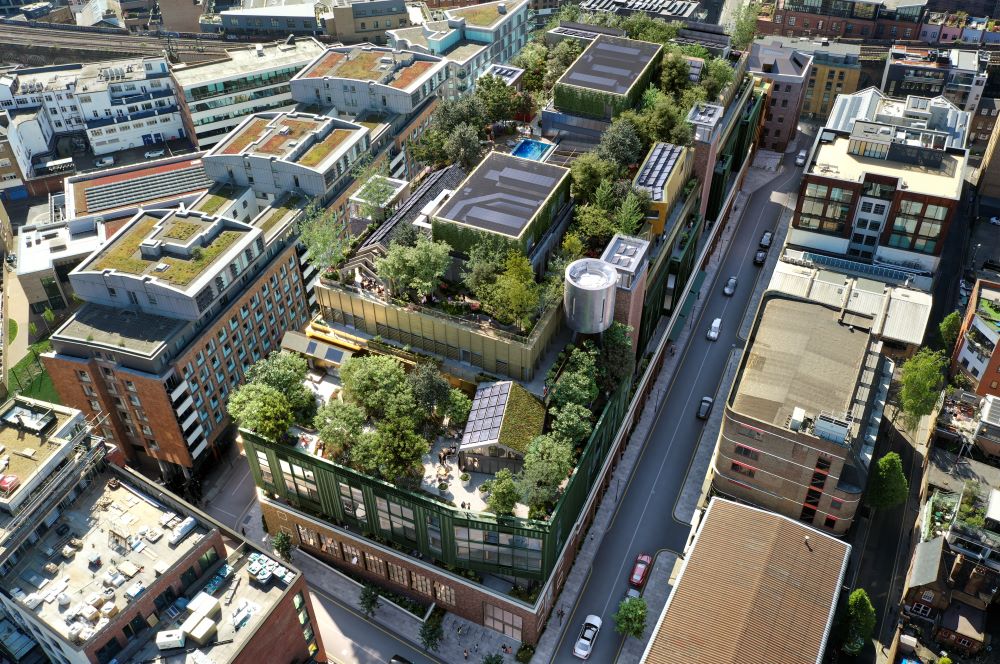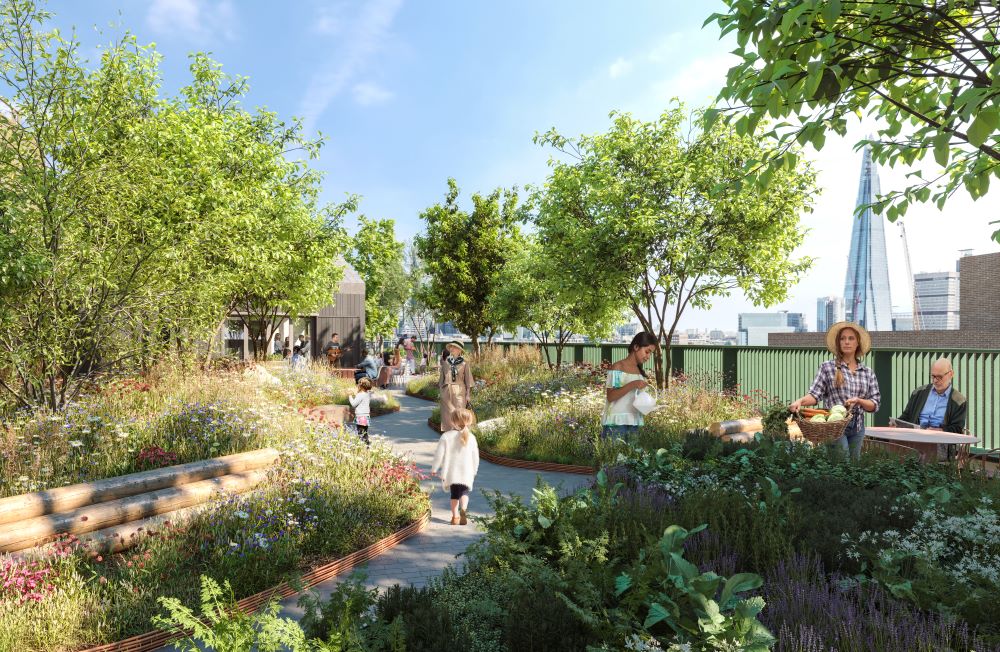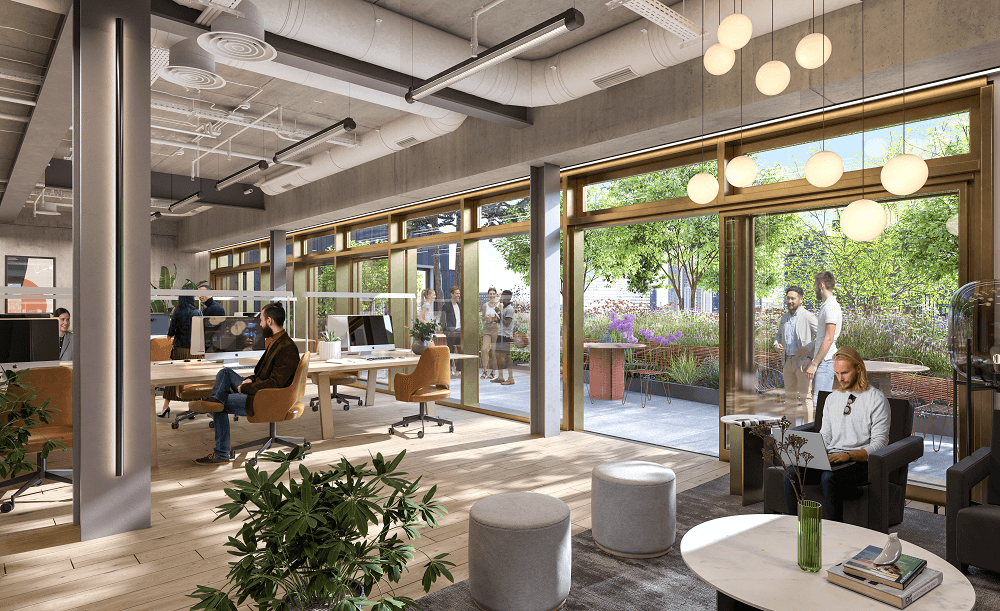ESG in real estate: Roots in the Sky - Fabrix case study
Roots in the Sky is the transformation of a 1960s building on the Southbank in London, United Kingdom – the old Blackfriars Crown Court – into a 430,000 sqft, highly sustainable, next-gen, HQ office building and the UK's first rooftop urban forest.
2 minutes to read
The building is envisioned as a ‘vehicle for change’- a net zero carbon home for a progressive and responsible business who wants their corporate headquarters to live and breathe the values that are important to them, their employees, and the talent they want to attract. Being built speculatively by Fabrix, it is the type of building you’d normally only see delivered by an owner-occupier.
Debbie Whitfield, Urban Impact Director at investor and developer, Fabrix:
"It’ll be more than just a cutting-edge workspace – it has been designed to address the urban challenges of our time. Expansive and flexible, sustainable, reprioritising nature, optimised for health, and embedding social impact. It’s a building that puts planetary and community wellbeing alongside the needs of its occupiers."
Who is Fabrix?
Fabrix is an investor and developer that brings value to underutilised and overlooked urban spaces. They place environmental and social impact at the heart of everything they do – demonstrating that urban development can be beneficial to both people and planet. Read more about Fabrix.


Roots in the Sky key facts:
• Home to all the elements you'd expect and more from a world-class building targeting BREEAM Outstanding, WELL Platinum and Nabers 5*. Occupants enjoy all the amenities of a landmark building: restaurant and bar, gym and fitness suite, ride-in parking for 550 bikes, and a rooftop swimming pool warmed only by waste heat energy from the building’s server rooms.
• 139 tonnes of structural steel was reclaimed to be reused as part of the basement box structure - a first for a UK developer - reducing carbon impact by 80% compared to recycled steel.
• The city-facing eastern roof terrace to be permanently operated as a non-profit community garden, with a 3,000 sqft community barn, seedbanks, potting sheds and self-serve tea and coffee, paid via an honesty box.


• 23% canopy coverage; 125 trees, 10,000 plants and 1,000 tonnes of soil make this roof the UK's first urban forest. It is London's largest rooftop garden (1.4 acres), designed by Chelsea Flower Show gold medal landscape architects Harris Bugg Studio.
• Special lighting to attract moths and insects, in turn attracting birds as well as a new European stag beetle colony propagated off site in advance, will seed a biodiverse environment.
• A passive rainwater capture irrigation system running alongside the deep soil beds will reduce storm run-off by at least 30% and help protect its local area from flash floods.


• 45,000 sq ft floorplates with generous floor-to-ceiling heights combined with external terraces provide an abundance of natural light on every level.
Read about another redevelopment project by Fabrix - Atelier Gardens in Berlin, Germany.